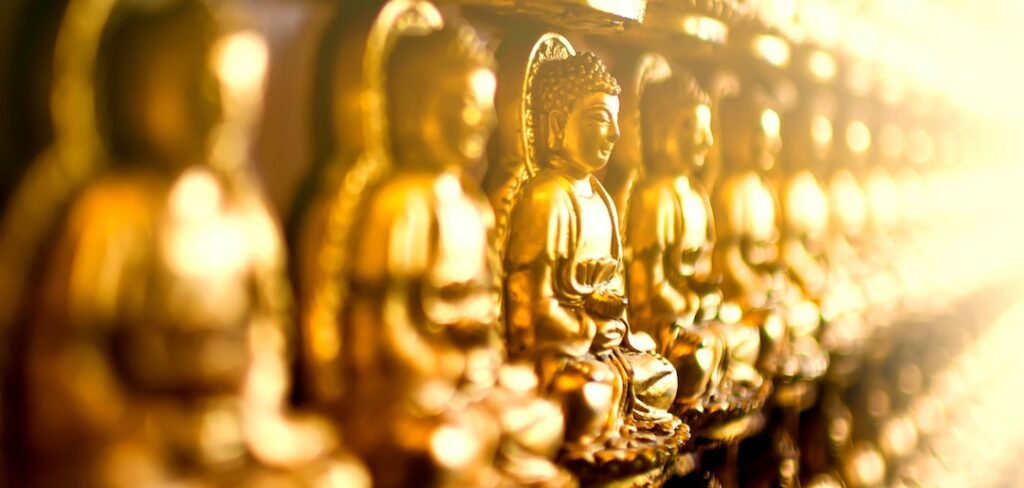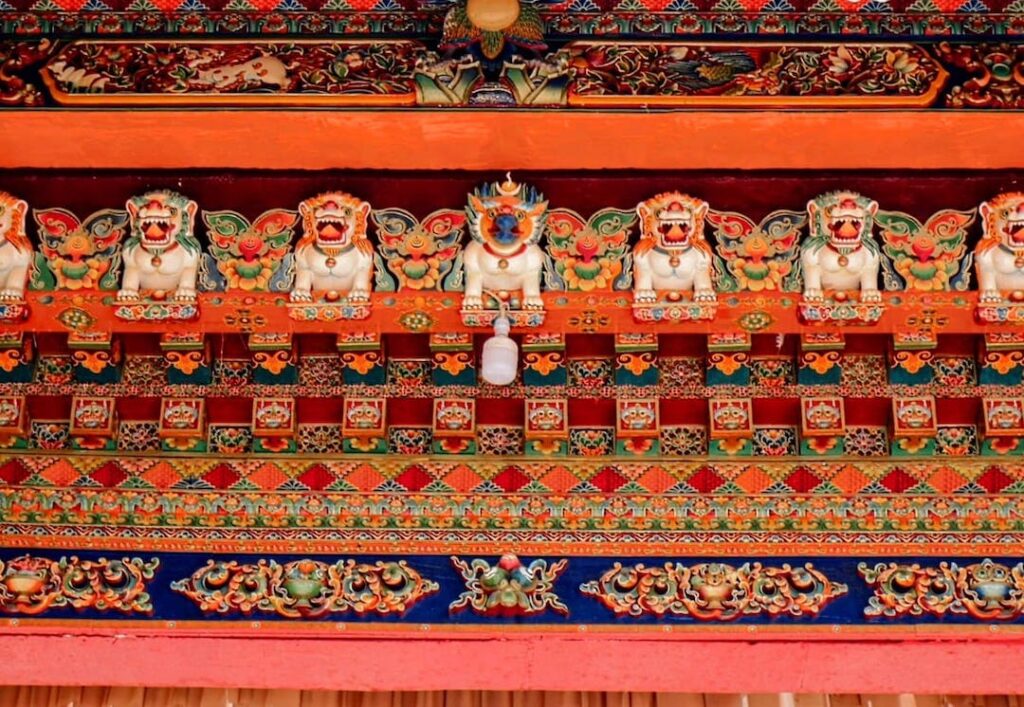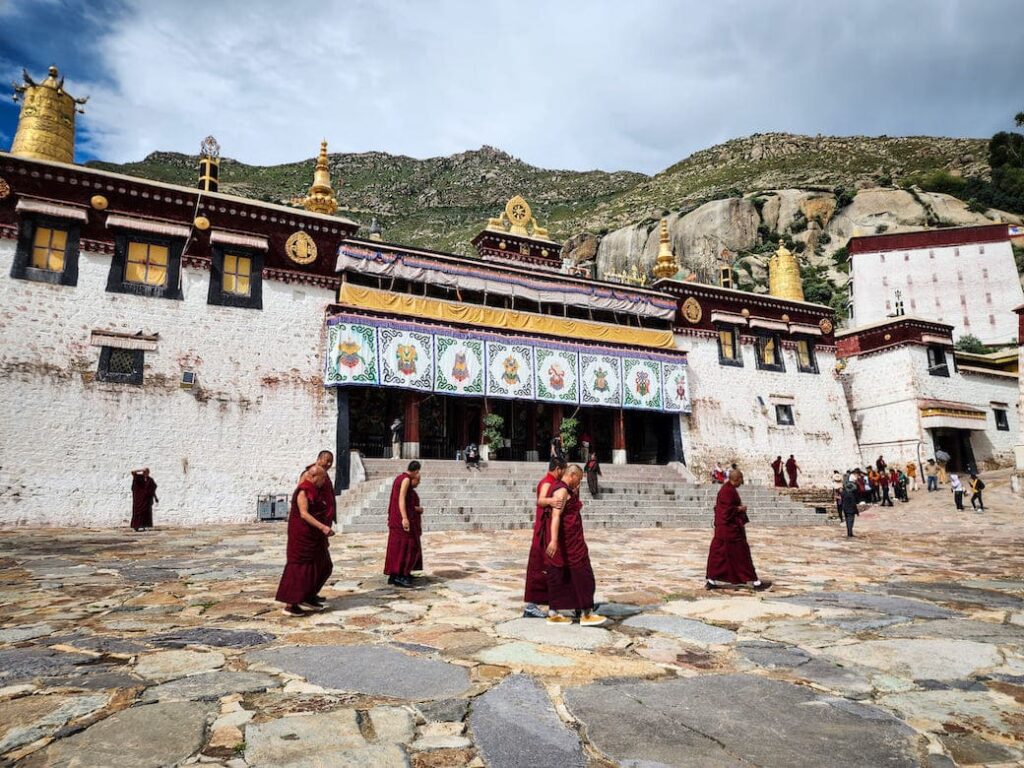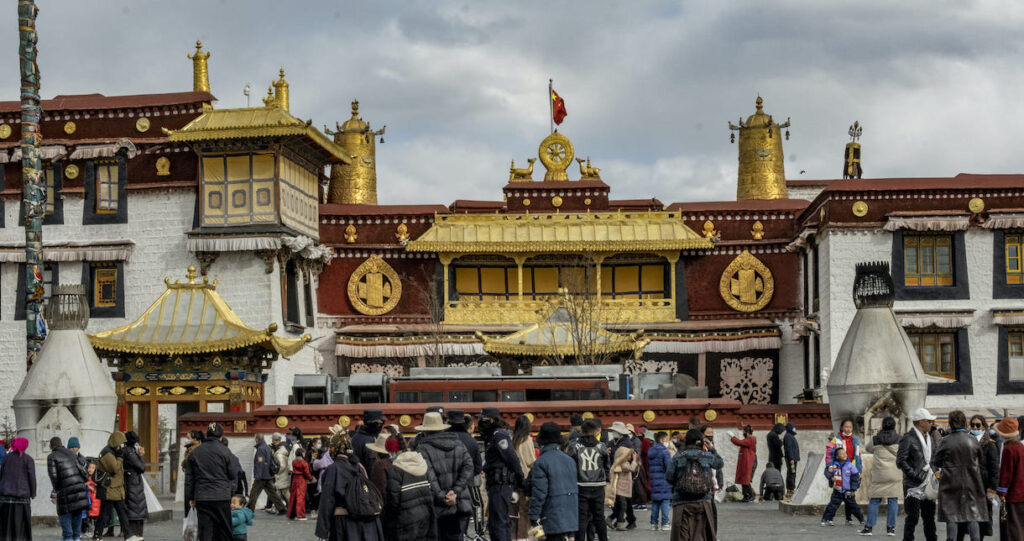Tibet, often referred to as the “Roof of the World” due to its high elevation, is a region known for its rich cultural heritage and spiritual depth. Among the various traditions and festivals that mark the Tibetan calendar, Losar, or the Tibetan New Year, stands out as the most significant and widely celebrated festival. This vibrant festival not only marks the beginning of a new year but also embodies the rich tapestry of Tibetan culture, spirituality, and community life.
Origins and Significance
Losar has its origins in a winter incense-burning custom of the pre-Buddhist Bon period. Over time, it evolved into a Buddhist festival and became intertwined with various spiritual rituals and practices. Losar typically falls on a date that corresponds to the new moon, usually in February or March in the Gregorian calendar. The festival is not just a celebration of the new year but also a time for purification, reflection, and renewal of social bonds.

Preparations for Losar
The preparations for Losar begin several weeks before the actual festival. Homes are thoroughly cleaned to rid them of any bad luck from the previous year, symbolizing a fresh start. Families prepare special foods, decorations, and offerings. One of the traditional foods made is “kapse,” a deep-fried pastry that comes in various shapes and sizes. Additionally, “chemar,” a box filled with tsampa (roasted barley flour) and butter sculptures, is prepared as a traditional offering for the new year.
Rituals and Celebrations
Losar celebrations span over several days, each marked by specific rituals and activities. The first day, known as Lama Losar, is dedicated to religious ceremonies. Tibetans visit monasteries, offer prayers, and make offerings to the monks and the deities. The presence of high lamas in these ceremonies adds to their significance, with their blessings believed to bring good luck and prosperity for the coming year.

The second day, known as Gyalpo Losar, focuses on honoring community and national leaders. This day emphasizes the importance of leadership and social harmony within the Tibetan society.
The third day is when the festivities truly open up to the wider community, with families visiting each other’s homes, exchanging gifts, and sharing meals. Traditional songs, dances, and games fill the air with joy and celebration. It’s a time for rekindling old friendships and forging new ones, strengthening the community bonds that are so central to Tibetan culture.
Symbolism and Reflection
Losar is also a time for reflection and remembrance. Families remember their ancestors and pay homage to them through various rituals. Prayer flags are hung in high places to carry the prayers and good wishes to the heavens, symbolizing the connection between the mundane and the divine.
The festival is deeply symbolic, with various elements representing different aspects of life and spirituality. For instance, the color white is prominent in Losar celebrations, symbolizing purity, peace, and kindness. The exchange of gifts, particularly the “khata” (a traditional ceremonial scarf), symbolizes the goodwill and compassion that Buddhists strive to cultivate in their lives.

Losar in the Modern World
In contemporary times, Losar has become a global celebration, with Tibetan communities around the world organizing events and festivities. These celebrations not only serve to preserve and promote Tibetan culture and identity but also provide an opportunity for cross-cultural exchange and understanding.
Environmental and Social Consciousness
Losar is not just a time for celebration but also for promoting environmental and social consciousness. The Tibetan plateau is a fragile ecosystem, and the festival incorporates practices that emphasize harmony with nature. The use of organic and locally sourced materials for decorations and offerings reflects a deep respect for the environment.
The festival also highlights the social values of generosity, compassion, and community service. Charitable activities and support for the less fortunate are key components of the Losar celebrations, embodying the Buddhist principles of kindness and altruism.

Conclusion
Losar is much more than a New Year celebration; it is a profound expression of Tibetan identity, spirituality, and community values. As the world becomes increasingly interconnected, Losar offers a window into the rich cultural heritage of Tibet and a reminder of the universal themes of renewal, hope, and interconnectedness that resonate with people everywhere. As we witness the colorful and heartfelt celebrations of Losar, we are reminded of the beauty of cultural diversity and the shared aspirations that unite humanity.

[…] • Celebration: Losar marks the Tibetan New Year and is celebrated with great fervor across Tibet. Families gather for feasts, monks perform […]